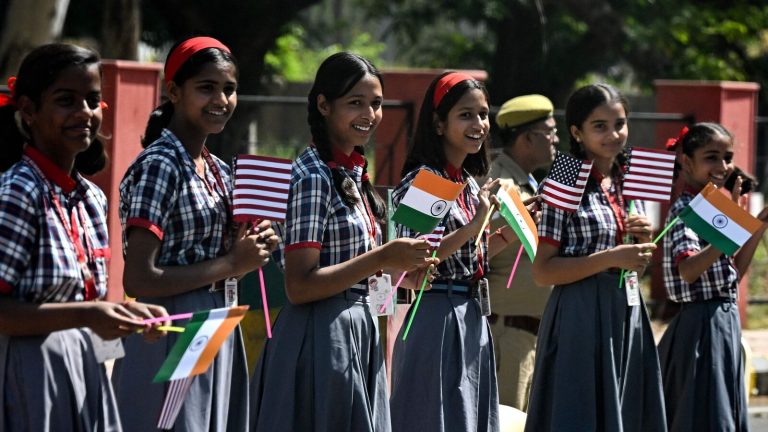As many as 59 per cent of girls have cited financial constraints as the primary reason for not pursuing STEM education beyond secondary school, according to a latest report released on April 25.
The study, ‘Unlocking Potential: Financial Aid as a Catalyst for Girl’s STEM Success’ conducted by Sattva Consulting in collaboration with AISECT, highlights how the high cost of science education, limited scholarship accessibility, and lack of female role models are preventing millions of girls in India from entering STEM fields.
STEM is an acronym that stands for Science, Technology, Engineering, and Mathematics.
The study, released over a webinar on April 25, employed a mixed-methods research approach, combining quantitative surveys and qualitative interviews to understand the financial barriers preventing girls from pursuing STEM education. As many as 4,763 girls from government schools across four states—Rajasthan, Punjab, Jharkhand, and Madhya Pradesh were surveyed for the study.
Sattva Consulting is a global impact consulting firm, while AISECT is a social enterprise that has been driving skill development, higher education, financial inclusion, and e-governance in semi-urban and rural areas.
The findings are also based on interviews with teachers, parents, school principals, STEM experts, and policymakers to assess the broader systemic challenges.
Despite 80 per cent of future jobs requiring STEM skills, only 39 per cent of girls graduate from higher secondary education in science disciplines. The report highlights stark regional disparities, with over 60 per cent of girls in Tamil Nadu, Telangana, and Andhra Pradesh opting for STEM subjects, while in states like Rajasthan, Punjab, and Jharkhand, participation remains critically low at less than 25 per cent.
Gender equality in education
Owing to the low percentage of girls passing grade 12th in science streams, these states were chosen as the study area. Madhya Pradesh was the only outlier despite being in a similar geography.
“We commissioned this report to understand better the systemic barriers preventing girls from entering STEM fields. While discussions around gender equality in education have gained momentum, financial constraints remain an overlooked challenge. By identifying key gaps, we hope this report will drive meaningful interventions that ensure STEM education is accessible for all girls,” said Siddharth Chaturvedi, Director of AISECT.
Gap in scholarship utilisation
The study also highlights the significant gap in scholarship utilisation. While ₹651.9 crores were allocated across 143 scholarship schemes in 2023-24, about 55 per cent of funds remain unspent due to low awareness, complex application processes, and eligibility criteria that exclude economically marginalised students.
The report finds that the lack of female role models in STEM further exacerbates the issue, with only 13 per cent of the surveyed schools having female science teachers. Beyond financial aid, the report points to the absence of structured career guidance and vocational pathways for girls to enter the STEM workforce.
“STEM education is not just about tuition fees. The financial burden extends to coaching, study materials, lab access, and even transport, making it an unattainable goal for many. If we want to bridge the gender gap in STEM, we need solutions that go beyond scholarships,” said Dr Shweta Gaur, Principal Researcher at Sattva Consulting.
The Solutions
Schools, policymakers, and the private sector must work together to provide sustained financial aid with a long-term commitment, accessible career guidance, and mentorship programs that keep girls engaged in science education,” Dr Gaur said.
The solution lies in rethinking the design of financial aid for girls.
STEM education is not just about tuition fees. The financial burden extends to coaching, study materials, lab access, and even transport.
The report urges state and national education policymakers to reassess financial aid structures and increase awareness of existing scholarships. It also highlights the role of CSR and philanthropic organisations in bridging the gap through long-term investments in vocational STEM pathways, digital skilling initiatives, and teacher training programs.
“The solution lies in rethinking the design of financial aid for girls. Funders need to double down on their efforts in the needy states, be patient funders, and invest in girls based on their needs and provide targeted, result-based funding, enabling girls to enter the STEM workforce,” said Rathish Balakrishnan, Co-founder and Partner at Sattva Consulting, was quoted as saying in the report release.



